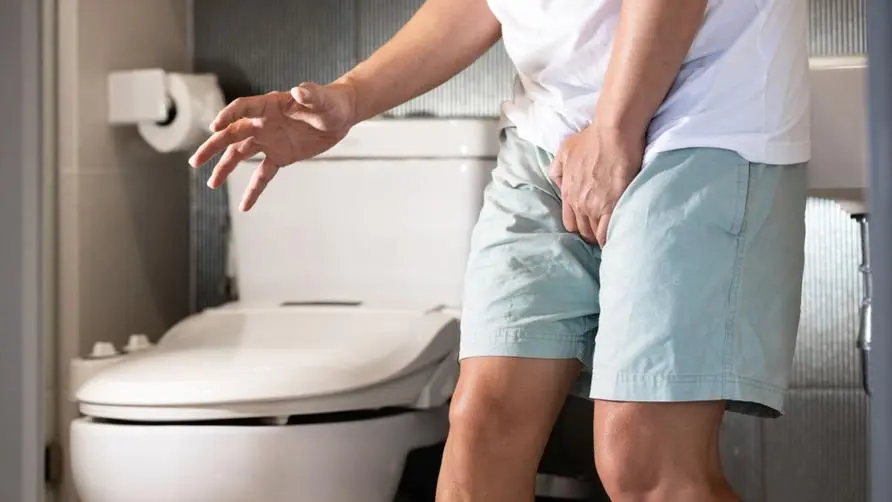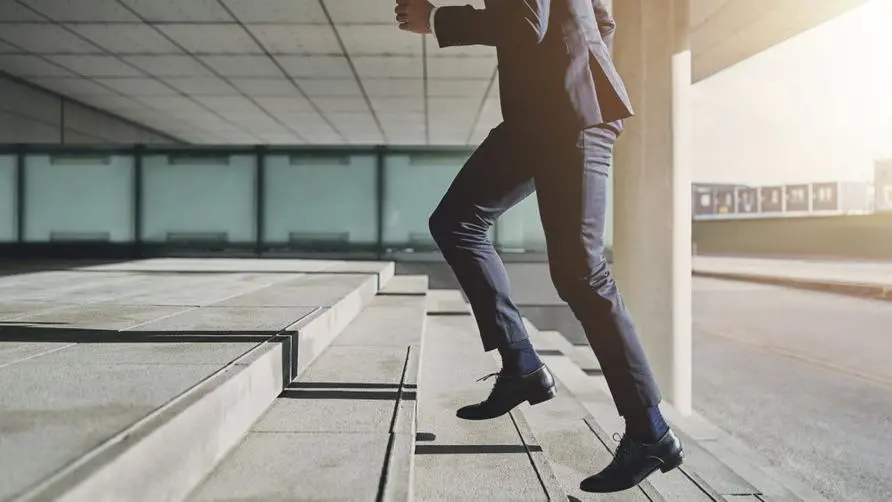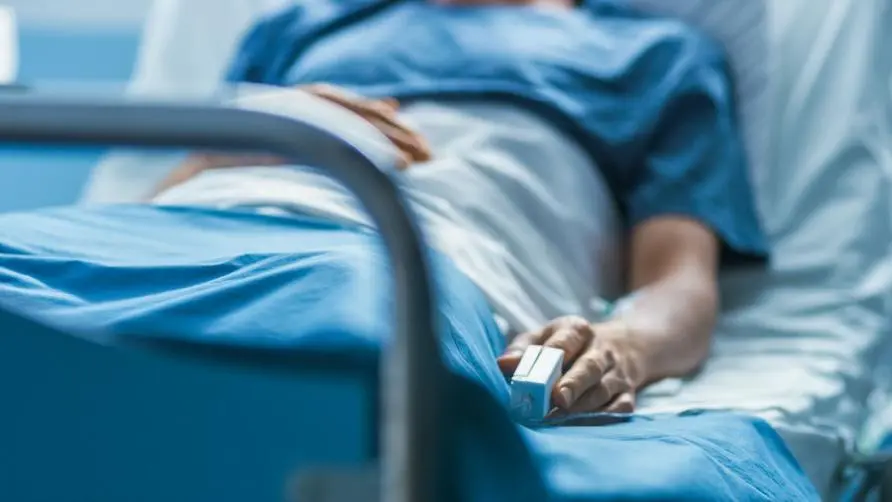The delivery boy who carried part-time job for generations and drank less water had "bilateral kidney stones" and was sent to the hospital! Doctors reveal 3 major differences in urinary tract stone surgery

The man who carries the generation slash part-time job as a delivery boy has a kidney stone of 1.5 cm
Earn extra money by working part-time, but beware of kidney stones caused by insufficient water intake. Due to financial pressure from his family, a delivery boy not only goes to work but also does business work in order to increase his income. Not only does he take very few vacations, but he is also busy with work for long periods of time and drinks less water. After an examination, he was found to have kidney stones of more than 1.5 cm on both sides and sought medical treatment. Later, he underwent ureteroscopy to remove the stones. Doctors remind you that once a stone falls into the ureter, it is likely to cause severe back pain or even infection and chronic urinary problems. You should maintain a good daily routine and drink enough water.
Taiwan is located in a subtropical region, and the prevalence rate of urinary tract stones is about 10%, which is higher than the world average, and males are more common than females. Stones are crystal deposits caused by an imbalance between the crystalline substances secreted by the kidneys and urine. It may be related to diet, physical constitution, genetics, insufficient water intake, long-term bed rest or frequent urinary tract infections. Calcium oxalate stones (about 75%-80%), calcium phosphate stones (10%-15%), uric acid stones and magnesium ammonium phosphate stones (about 5% each) are the most common.
Urinary tract stones may not cause symptoms but may cause chronic infection and affect kidney function
Tang Jing, the attending physician of the urology department at Cathay General Hospital and Neihu Cathay Clinic, pointed out that generally if urinary tract stones are located in the kidneys, they may not necessarily cause symptoms. However, if the stones fall into the ureter, they can easily cause severe back pain, and may be complicated by nausea, vomiting, kidney disease, etc. Edema or even infection. In addition, when stones gradually expand in the kidneys, they may also become the source of chronic urinary tract infections, thereby affecting kidney function.
Dr. Tang Jing said that although urinary tract stones may not necessarily cause obvious symptoms, considering the possible subsequent symptoms and problems with kidney function and chronic urinary tract infection, when urinary tract stones generally grow to a certain size, unless the body itself has Chronic diseases or contraindications make it unsuitable for surgery after evaluation, and it is generally recommended to actively deal with the stone problem.
Shock wave lithotripsy, non-invasive and hospitalization-free, new type of ureteroscope, wound-free lithotripsy
Dr. Tang Jing explained that with the advancement of science and technology, there are now many methods for treating urinary tract stones. The more common treatment methods include extracorporeal shock wave lithotripsy, percutaneous renal lithotripsy, and flexible ureteroscopy laser lithotripsy. , each has its own advantages and disadvantages.
Extracorporeal shock wave lithotripsy uses X-ray positioning to crush kidney stones with shock waves, allowing the patient to excrete them on his own. The advantages are that it is non-invasive, does not require hospitalization, and does not require anesthesia. However, the lithotripsy efficiency is difficult to predict, and it is not suitable for stones larger than two centimeters.
In percutaneous nephrolithotomy, a wound is created in the waist to enter the kidney, and then an endoscope is used to directly crush and remove stones inside the kidney. The advantage is that it can have a better removal effect on large stones. On the contrary, The proportion of postoperative complications such as infection, bleeding, intestinal perforation, pneumothorax, etc. is also higher among all lithotripsy surgeries.
Flexible ureteroscopy laser surgery is a non-wound lithotripsy method that has developed rapidly in recent years. Laser lithotripsy is performed through a thin catheter through the urethra and up through the bladder, ureter, and then to the kidney. Due to the flexible front end, It can treat small stones in the dead corners of the kidneys. Combined with high-energy laser, it can remove large stones that cannot be treated by extracorporeal shock waves, and can also avoid the wounds and complications behind percutaneous kidney stone removal surgery.
Stone surgery requires individualized assessment of postoperative symptoms and key points 2 to avoid recurrence
Dr. Tang Jing pointed out that urinary tract stones are suitable for different surgical treatments depending on their size, location and patient conditions. If extracorporeal shock waves have a non-invasive effect, flexible ureteroscopy laser surgery can treat stones on both sides of the ureter and kidneys at the same time. In addition, the advancement of instruments has also improved the safety of ureteroscopy surgery. In the past, repetitive instruments may have caused cross-infection problems. The new flexible ureteroscope has a small outer diameter, a high bending angle, and the use of disposable disposable instruments. Helps reduce the chance of cross-infection and sepsis.
Dr. Tang Jing reminded that although the methods of surgical treatment of urinary tract stones are constantly improving, no matter how advanced the equipment and procedures are, not all are suitable for all stone patients. For example, patients with ureteral stricture or acute infection are less suitable for new flexible ureters. For endoscopic treatment, the surgical method should be discussed with the attending physician. In addition, after urinary tract stone surgery, you should pay attention to self-care at home, including appropriately and evenly distributing water intake, and reducing the portion of high-calcium, high-oxalate, and high-purine diets. When you have a urinary tract infection or the urine cannot be discharged, you should seek medical attention as soon as possible to avoid inflammation or further stones.
Extended reading:





